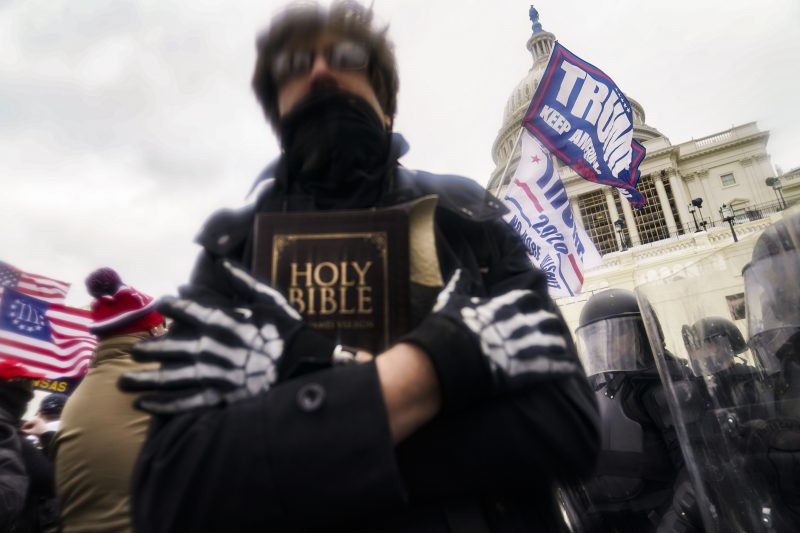In recent times, the political landscape has been ripe with polarization and discord, and the rhetoric used by leaders can be a divisive factor, further fueling tensions among different groups. One such leader who has drawn attention for his choice of words is former President Donald Trump. His speeches have often contained what many consider to be dog whistles – coded language that carries subtle implications and could be interpreted as inciting unrest and violence.
During his time in office, Trump frequently employed phrases and expressions that were perceived by some as veiled calls to action for his supporters. Terms like law and order, those people, and good people on both sides were often used in a context that seemed to target marginalized groups or embolden certain individuals to take matters into their own hands. This type of language, while not directly calling for violence, can create a climate of hostility and justification for aggressive actions.
One notable instance of Trump’s alleged use of dog whistles was during the Black Lives Matter protests that erupted in 2020 following the murder of George Floyd. The former President referred to the demonstrators as thugs and threatened to deploy the military to quell the unrest, painting a picture of lawlessness and chaos that required a forceful response. This type of characterization can serve to dehumanize protestors and legitimize violent crackdowns, making it easier for his supporters to justify harsh actions against them.
Furthermore, Trump’s rhetoric often included elements of victimization, portraying his own supporters as under attack and in need of protection. By framing certain groups as dangerous or threatening, he sought to rally his base around a common enemy, fostering a sense of belonging and loyalty among his followers. This sense of us versus them mentality can amplify divisions within society and create a breeding ground for conflict and aggression.
It is essential to recognize the power of language and the impact it can have on shaping perceptions and behavior. While dog whistles may not explicitly call for violence, their insidious nature lies in their ability to subtly stoke anger and resentment, potentially escalating tensions to a dangerous level. Leaders have a responsibility to choose their words carefully and foster unity and understanding rather than division and hostility.
In conclusion, the use of dog whistles in political discourse is a concerning trend that can exacerbate societal tensions and inflame conflicts. Leaders must be aware of the influence of their words and strive to promote dialogue and empathy rather than incitement and aggression. Only through thoughtful and respectful communication can we hope to bridge the divides that persist in our society and move towards a more harmonious future.

